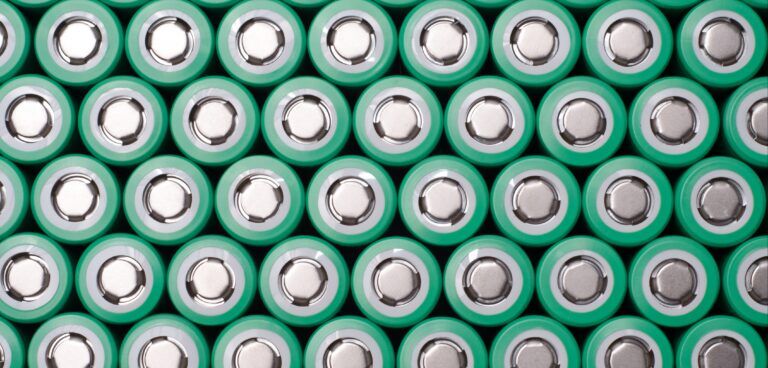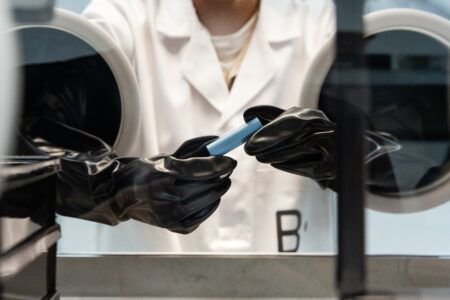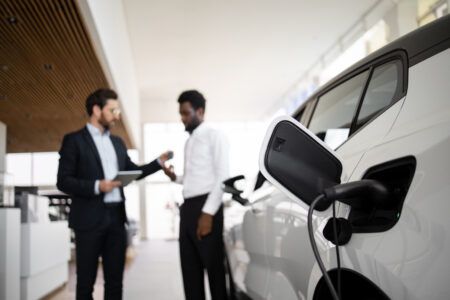The transport sector is the fastest-growing contributor to climate emissions, according to the World Health Organisation. Transport accounted for about 23% of global CO2 dioxide emissions in 2010, up from 16.5% in 2008, according to the IPCC. Carbon dioxide persists in the atmosphere for over a century, with long-term warming effects. In 2013, transportation contributed more than half of the carbon monoxide and nitrogen oxides, and almost a quarter of the hydrocarbons emitted into our air. Moving away from internal combustion engines (ICE) to electric vehicles (EVs) presents a significant opportunity to curb emissions.
The four-wheeler EV industry has grown rapidly over the last few years, particularly in China, the US and some parts of Europe. Policymakers are encouraging a shift to the usage of EVs by announcing subsidies and incentives, such as the revamped FAME 2 rules in India, which is a market with a greater potential for two- and three-wheelers to make the switch to EV.
The main advantage of EVs is that their operation does not involve the emission of harmful gases such as hydrocarbons (NMHC or VOC), carbon monoxide (CO), nitrogen oxides (NOx), and particulate matter (PM) emitted by petrol and diesel engine cars. However, there are still emissions associated with the electricity used to charge an EV if it comes from the grid. This issue could be solved if the EV is recharged from a solar photovoltaic system instead of from the grid, making the owner no longer reliant on the petrol pump for their fuel needs.
All-electric electric vehicles are designed to be as efficient as possible and there are generally three main components powering the vehicle – the on-board charger, inverter and motor. This means there is far less wear and tear on the car and little stress on the motor, with fewer moving parts susceptible to damage. The drivetrain – the system in a motor vehicle which connects the transmission to the drive axles – in an ICE has more than 2,000 moving parts, whereas for a typical EV, this is less than 20. Therefore, maintenance requirements for EVs are significantly lower than conventional ICE cars.
The battery is the largest individual cost component for an EV, and an area where the industry has not yet settled on a long-term, sustainable solution. Most plug-in hybrids and all-electric vehicles use lithium-ion batteries. These batteries are the popular choice for EV manufacturers because of their high-energy density, which means that more energy can be stored in a given volume or weight of the battery which, in turn, means higher mileage per charge for the EV.
But, lithium-ion batteries contain toxic substances such as cobalt and lead, and other rare minerals that are difficult to mine, such as manganese and nickel. Lithium is a scarce element in the earth’s crust (world terrestrial lithium resources are estimated at 62m tonnes, according to the US Geological Survey, 2019). So, over the next decade, with Bloomberg New Energy Finance forecasting that 33% of all vehicles will be electric by 2030, automakers will need to increase their supply for these raw materials drastically. Another problematic component of lithium-ion batteries is cobalt, whose major reserves are located in the geo-politically sensitive Democratic Republic of Congo, where unscrupulous mining practices such as child labor continue to occur even today. The time required to convert exploration success into a new mine is currently 30 years.
Lithium-ion batteries also present safety concerns. If the battery is short-circuited or exposed to high temperature, exothermic reactions can be triggered, resulting in a self-enhanced increasing temperature loop known as “thermal runaway” that can lead to battery fires and explosions. In some cases, even fast charging of lithium-ion batteries can often lead to explosions. Think back to news in 2017 of Samsung Galaxy Note 7 batteries exploding because of overheating. Product recalls cost the handset make more than US$5 billion.
However, there are several new battery technologies in the market which offer possible, cleaner and safer alternatives to the lithium-ion battery. The raw material for sodium-ion batteries is sodium, which is the sixth most abundant element in the earth’s crust and is available in the form of dissolved salts in sea water. Some companies have developed batteries that can be produced on existing lithium-ion battery manufacturing lines and require no additional asset investment. These sodium-ion batteries can be safely charged to 100% of its rated capacity in just under 20 min.
Another major disadvantage of EVs is that they are not suitable in cities already facing acute power shortages. The consumption of more power would hamper a city’s daily power needs. However, this issue can be mitigated by managing peak load better and harnessing energy from non-conventional sources such as solar and wind.
Global demand for EVs is currently being driven partly by a greater climate consciousness, regulatory sticks but also by considerable government carrots for both manufacturers and end-consumers. As the world’s major economies pivot from lead acid batteries in ICE vehicles to lithium-ion batteries in EVs in the coming years, this is the right time to consider whether lithium-ion are the best short-term bet or whether alternatives are needed for the long-term cleaner and cheaper solutions for mobility.





